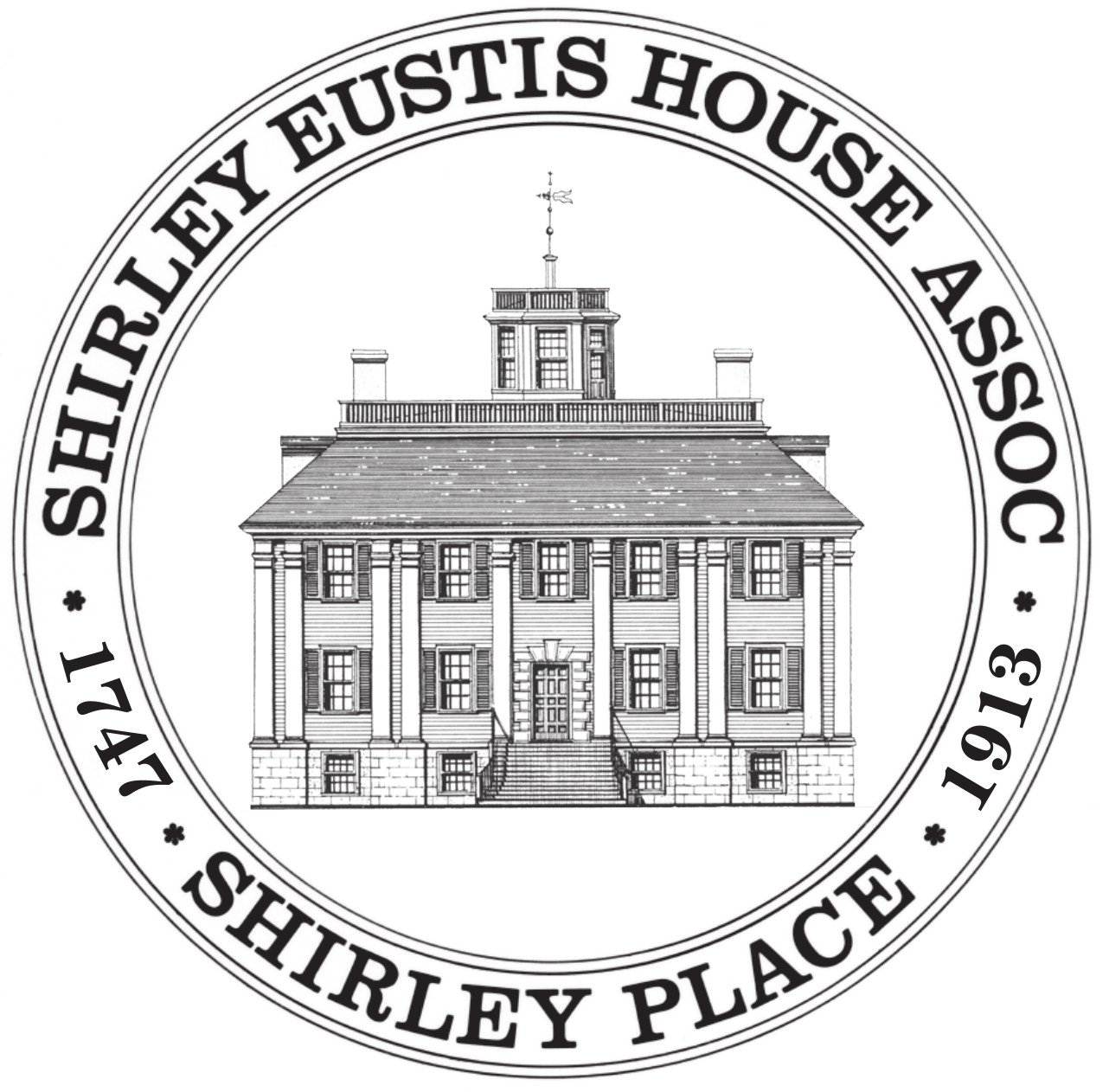
Project Overview
“The Governor’s People: Enslaved Lives in the Shirley Household” was conceived over the summer of 2021. It originated from the desire to change the story told at the Shirley-Eustis House - instead of centering the narrative on William Shirley, a colonizer and enslaver, investigating the enslaved people who lived and worked in the same house. Identifying their names, roles, and relationships with each other was paramount.
Unfortunately, achieving all those goals has proven to be nearly impossible. This project reflects not only what we know about the people Shirley enslaved, but also what we do not know.
Harvard Ph.D. student Aabid Allibhai, sponsored by the Shirley-Eustis House Association, first began the laborious task of researching the enslaved people at Shirley place, and his work provided much of the information used in this exhibit. A summary of his excellent research can be found in “Working Report on Slavery at the Shirley-Eustis House,” linked here and in the project bibliography. He addresses both the personal histories of enslaved people at our site and the larger history of enslavement in Massachusetts Bay and New England. His research was successfully used as the basis for the Shirley-Eustis House’s campaign for its property, and that of 42-44 Shirley Street, to be designated a Historical Landmark by the city of Boston.
After the City Landmark designation, it was decided that the best way to utilize the wealth of information available on William Shirley’s relationship to slavery was to present it through a digital exhibit on the Shirley-Eustis House website. This decision was influenced by three major factors: cost, accessibility, and the COVID-19 pandemic, resulting in this project. It was created by Rachel Hoyle, a Public History Master’s student at UMass Boston, in conjunction with Suzanne Buchanan and other staff/volunteers at the Shirley-Eustis House Association.
Our Terminology
When discussing the institution of slavery, it is important to use language intentionally. Emphasizing the personhood of enslaved individuals through the use of the term “enslaved person” rather than “slave” ensures that we remember they were a person first, and enslaved second. Such language also reminds us of how dehumanizing enslavement was.
There is power in language. Describing someone who enslaved people as an “owner” or “master” has been historically used to define such relationships and is still commonly used today. However, we have decided to use the term “enslaver” instead in the language of this exhibit. Enslaved people are at the center of our narrative, and as such, it is logical to define their relationship to the person who enslaved them in that language. In addition, it is in our ability to remove the power of “owning” another person that persists in previously used language. Doing so does not mean we reject the idea that enslaved people were owned but is just a more conscientious way to think about the past. As the National Park Service points out, “the terms ‘master’ or ‘owner’ can continue to suggest a naturalness to the system” - something that we would like to actively reject. This language will likely change yet again in the future, as it has numerous times in the past.
Content warning
This exhibit contains images and descriptions of enslavement, where some are graphic. These depictions can be harmful or triggering to some people, especially those who have experienced or lived under the threat of race-based violence. We have chosen to display this painful history fully so that we may learn from the mistakes of the past.
Please explore the exhibit at your own pace, being mindful of your personal limits.
